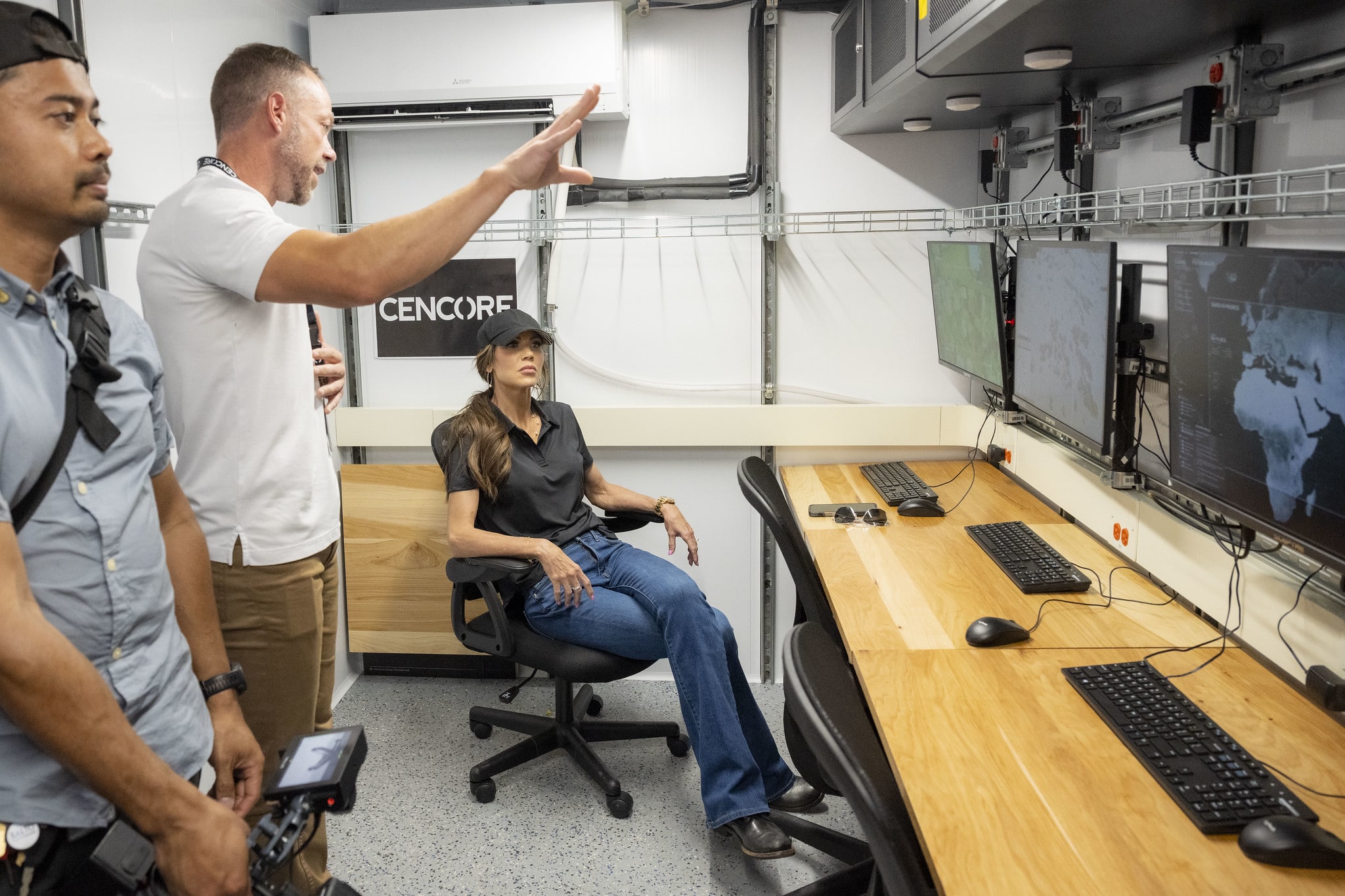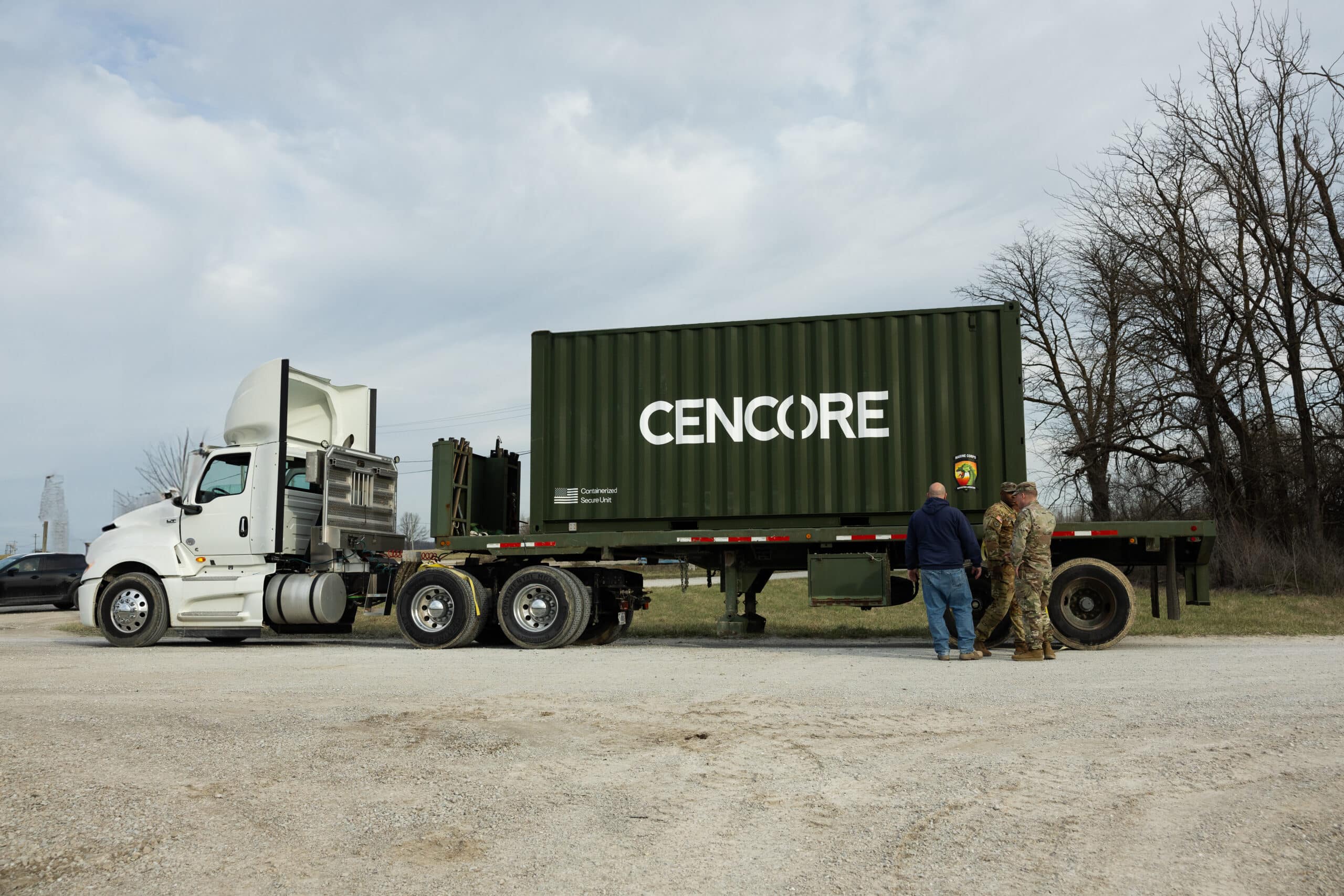How Dual Use Technology Is Transforming the U.S. Defense Industrial Base
The U.S. defense industrial base stands at a crossroads. While adversaries like China streamline commercial-military integration, American defense acquisition remains slow, segmented, and overly dependent on bespoke systems. The answer isn’t to build everything from scratch—it’s to harness the vast power of dual use technology: civilian innovations that can be rapidly repurposed for military advantage.
This concept isn’t new. It helped us win World War II. Today, the only way to maintain our technological edge in the era of industrial warfare. Success requires a cohesive industrial policy that connects our private sector, government, and research communities into a functional innovation ecosystem.
WWII: The Original Blueprint for Dual Use Innovation
In 1940, Henry Ford declared he could build 1,000 aircraft a day using automotive assembly techniques. Within two years, his Willow Run facility was rolling out B-24 Liberators with the same precision and speed as Model T’s. General Motors, Chrysler, and Alcoa followed suit. What emerged was the arsenal of democracy—a national mobilization of the commercial sector to serve military needs.
These manufacturers didn’t become defense contractors overnight. They redirected existing industrial capacity. The tooling, workforce, and production lines that built radios, refrigerators, and cars were swiftly adapted to build tanks, radios, and aircraft. WWII showed that commercial innovation, when aligned with military needs, could scale quickly and decisively through mass production.
What Is Dual Use Technology? Why It Matters Today
What is dual use technology in the US?
Simply put, dual use technology refers to commercial innovations that serve both civilian and military purposes. Examples include:
- Smartphones (communications, GPS, ISR)
- Artificial Intelligence algorithms (logistics, target identification)
- Commercial satellites (communications and reconnaissance)
- Cloud infrastructure (command and control)
- Additive manufacturing (field sustainment)
Unlike traditional defense acquisition, which starts with a military requirement and builds from scratch, dual use technology flips the model. It finds value in emerging technologies already developed by the private sector—reducing costs, accelerating timelines, and boosting technological advancement.
The F-35 dual use technology program illustrates this integration’s power and complexity. While defense-specific in its mission, the jet benefits from commercial advances in sensor technology, display systems, materials, and manufacturing. The reverse is also true: innovations developed for the F-35 have enhanced commercial aviation and automotive industries.
Why the Pentagon Must Embrace Commercial Speed
Modern conflicts evolve faster than traditional procurement can respond to. Threat actors aren’t waiting for a 10-year acquisition cycle—they’re adapting in months. U.S. military innovation depends on aligning with commercial R&D timelines and embracing emerging technology.
Commercial markets iterate rapidly. They’re driven by competition, not compliance. They often outpace defense development by factors of ten. Consider autonomous drones, 5G networks, or cloud-based logistics—all emerging commercially but serve critical military functions in today’s industrial warfare environment.
The real challenge? Breaking down the acquisition bottleneck. Traditional procurement creates silos that prevent rapid adaptation. In contrast, dual use technology can be evaluated, modified, and fielded quickly—if defense leaders embrace horizontal integration over vertical development. Agencies like the Defense Innovation Unit and National Security Innovation Network play increasingly important roles here.
WWII Lessons: Horizontal Integration Over Vertical Development
In WWII, American industry didn’t invent new production methods. It repurposed proven ones. Ford applied auto assembly to aircraft. Motorola adapted consumer radios for military use. 3M, Mars, and General Mills all pivoted their manufacturing to meet defense needs. This arsenal of democracy approach transformed the war effort.
This was horizontal integration in action: applying existing solutions across new domains. Today, we too often rely on vertical development—building unique systems from scratch. That approach no longer works. Commercial innovation now moves too fast.
The better path is to identify, adapt, and integrate proven technologies that already exist—and redirect them toward national security priorities. Organizations like the National Science Foundation and Advanced Research Projects Agency are becoming key stakeholders in this new approach to dual-use technologies.
Modern Examples of Dual Use Technology at Scale
- SpaceX: Disrupted space launch with reusable rockets, reducing costs and timelines for DoD missions
- Palantir Technologies: Commercial data tools adapted for real-time battlefield intelligence
- Tesla: Advanced battery technology and autonomy features with direct military vehicle applications
- Amazon Web Services: Cloud infrastructure scaled for military logistics and command-and-control systems
- Silicon Valley startups: Leading in AI, autonomy, and digital technologies applicable to defense
These companies weren’t created for military purposes—but they now serve them effectively through dual use technology applications. The key is early alignment, clear requirements, and open pathways for integration.
Benefits of Dual Use Technology for National Defense
- Speed to Capability: Dual use technology already exists. It just needs adaptation, not development.
- Cost Efficiency: R&D is funded by market demand, not taxpayer dollars.
- Innovation Velocity: Commercial sectors iterate faster, enabling continuous updates.
- Interoperability: Commercial standards enable plug-and-play functionality across services.
- Industrial Base Strengthening: Builds resilience by involving more of the economy in defense.
- Dual use technology is how we outpace threats, contain costs, and future-proof our defense posture. It also strengthens economic growth by linking defense spending with broader industrial development.
The Path Forward: Mission-Driven, Not Process-Driven
We need to stop treating commercial and defense ecosystems separately. Every commercial innovation represents a potential strategic asset. The only question is how quickly dual-use technologies can be adapted for mission effectiveness.
To succeed, we must:
- Start with the mission, not the process
- Map commercial technology to real-world operational needs
- Streamline acquisition to accommodate faster integration
- Create incentives for commercial firms to engage with DoD
Mobilize the Industrial Base
The arsenal of democracy mobilization of WWII offers more than nostalgia—it’s a playbook. The United States won through speed, scale, and focus. We can do it again. But this time, the factory floor includes cloud servers, software labs, AI models, and alternative power generation techniques.
By embracing dual use technology at scale, we mobilize the industrial base and unlock the full power of American innovation—from Ford to the F-35 dual use technology. We ensure the warfighter has what they need, when they need it, at the speed of relevance in today’s industrial warfare environment.
About CenCore
Headquartered in Springville, UT, CenCore is a trusted partner in delivering innovative security solutions in an ever-evolving threat landscape. CenCore delivers U.S.-made, tech-agnostic, open-source security systems that ensure global secure communications. CenCore prioritizes cost-effective, high-performance solutions over superficial appeal.




